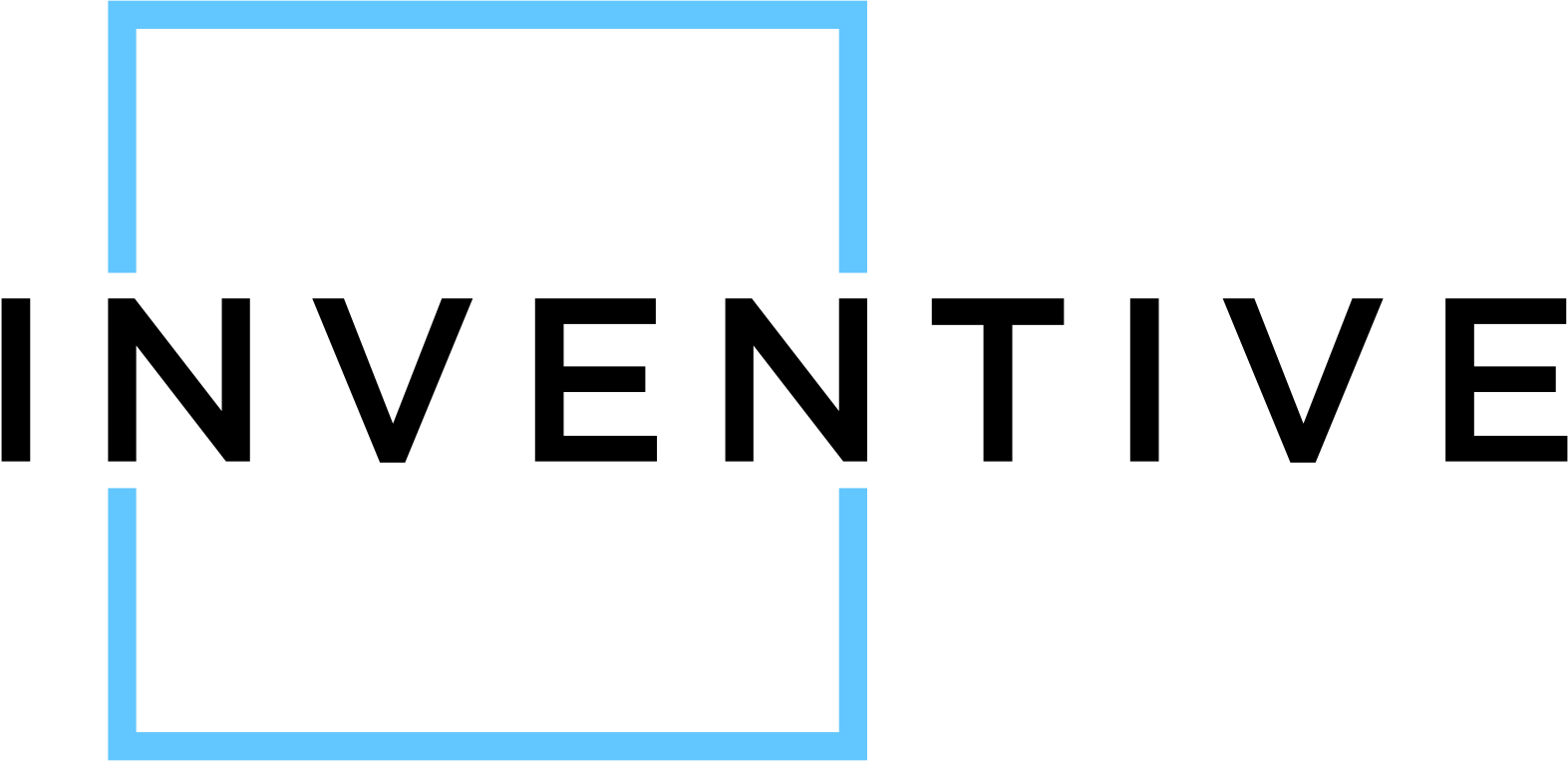Decision-Making Is Based On Gut, Not Data
AI analyzes real-time performance data and customer behavior so you can make informed decisions—not guesses.


Decision-Making Is Based On Gut, Not Data
AI analyzes real-time performance data and customer behavior so you can make informed decisions—not guesses.
Replace Guesswork
Gut feelings are great... for dating. Let AI guide your next smart move.
Trust the Trends
There’s a pattern in your data. AI sees it—and helps you act on it fast.
BUSINESS PROBLEM

Companies like Kintara Therapeutics, a biopharmaceutical company, struggled with decision-making based on gut instinct rather than data analytics. Their clinical trial decisions were often made using incomplete datasets and executive intuition, resulting in a 30% decrease in operational efficiency and a $2.7 million cost overrun in 2020. Employees reported feeling disconnected from the decision-making process, with 67% of research staff indicating that important strategic choices seemed arbitrary rather than evidence-based, leading to increased turnover among data scientists who felt their expertise was undervalued.
Similarly, ERP software provider Acumatica saw mid-level managers making inventory and production decisions based on experience rather than leveraging their own analytics tools. This gut-based approach led to approximately $1.2 million in excess inventory costs annually and missed growth opportunities valued at an estimated $3.8 million. The disconnect created a frustrating environment where data analysts spent hours preparing reports that were ultimately ignored in favor of "business instinct," resulting in 41% of their analytics staff reporting job dissatisfaction and a cultural divide between data teams and operations management.
Logistics company Echo Global Logistics experienced route optimization challenges when regional managers consistently overrode algorithmic recommendations based on personal preferences. This resistance to data-driven decision-making increased fuel costs by 22% across their fleet and extended delivery times by an average of 14 hours. The company culture suffered as employees became discouraged when they saw their data analysis work routinely dismissed, creating a "why bother" attitude toward data collection and a 28% decrease in analytics initiative engagement across departments.
The financial impact of gut-based decision-making extends beyond direct costs. Furniture retailer Lovesac reported that marketing budget allocations based on executive preference rather than performance metrics resulted in a 17% lower customer acquisition rate compared to industry benchmarks. More critically, companies defaulting to intuition over analytics reported spending 3.8 times longer making critical decisions and were 60% more likely to repeat previous mistakes, according to research from McKinsey. This creates an organizational learning deficit where businesses fail to build institutional knowledge and continuously improve operations.
The human toll of this problem manifests in declining engagement and frustrated talent. Data from Udemy's 2022 Workplace Report shows that professionals in data-related roles at SMBs experience 33% higher burnout rates when working in environments where their analysis is consistently superseded by gut instinct. Companies like marketing agency Red Door Interactive found that their analyst retention dropped by 27% in departments where managers regularly made decisions contrary to data recommendations. This creates a self-reinforcing cycle where data-minded employees leave, further entrenching the culture of gut-based decision-making and making it increasingly difficult for organizations to evolve toward data maturity.
SOLUTIONS

Problem 1:
Clinical trial decisions at pharmaceutical companies like Kintara Therapeutics are made using incomplete datasets and executive intuition rather than comprehensive data analysis, resulting in decreased operational efficiency and cost overruns.
Solution 1:
An n8n workflow that integrates clinical trial databases with data visualization tools to create automated, comprehensive reports. This workflow pulls data from multiple clinical trial sources, processes and standardizes it, then generates visual dashboards that highlight key metrics and trends. By automating this process, decision-makers receive consistent, evidence-based insights rather than relying on gut feelings. The workflow uses the PostgreSQL, RESTful API, Google Sheets, and Tableau/Power BI nodes to collect, process, and visualize clinical trial data.
Reference: https://n8n.io/workflows/1337/
Problem 2:
ERP software provider Acumatica experienced mid-level managers making inventory and production decisions based on experience rather than leveraging their own analytics tools, leading to excess inventory costs and missed growth opportunities.
Solution 2:
A Make.com scenario that connects ERP systems with inventory management tools to create automated inventory optimization recommendations. This workflow extracts inventory data from the ERP system, applies predictive analytics to identify optimal stock levels, and delivers actionable recommendations to decision-makers. The automation also includes a feedback loop that tracks when recommendations are followed versus overridden, providing data on the effectiveness of data-driven versus intuition-based decisions. The scenario uses Acumatica ERP, Google Sheets, and email/Slack integrations.
Reference: https://www.make.com/en/templates/2991-connect-acumatica-with-google-sheets
Problem 3:
Logistics company Echo Global Logistics faced challenges when regional managers consistently overrode algorithmic route optimization recommendations based on personal preferences, increasing fuel costs and extending delivery times.
Solution 3:
An n8n workflow that integrates logistics data with performance tracking to demonstrate the impact of route decisions. This automation pulls data from the route optimization system, tracks when algorithmic recommendations are followed versus overridden, and calculates the resulting differences in fuel costs, delivery times, and customer satisfaction. The workflow produces weekly performance dashboards showing the quantifiable advantages of data-driven routing decisions. It uses HTTP Request, Function, Google Sheets, and Email nodes to gather route data, compare actual vs. recommended routes, and distribute insights.
Reference: https://n8n.io/workflows/923/
Problem 4:
Marketing budget allocations at retailers like Lovesac were based on executive preference rather than performance metrics, resulting in lower customer acquisition rates compared to industry benchmarks.
Solution 4:
A Make.com scenario that automates marketing performance analysis and budget optimization. This workflow connects to various marketing platforms (Google Ads, Facebook Ads, etc.), aggregates campaign performance data, calculates key metrics like cost per acquisition and ROI, and generates data-driven budget allocation recommendations. The automation also includes historical performance comparisons and industry benchmarks to provide context for decision-makers. It uses Google Analytics, ad platform integrations, and reporting tools to deliver actionable marketing insights.
Reference: https://www.make.com/en/templates/3160-automatically-export-google-analytics-4-data-to-google-sheets
Problem 5:
Data professionals at SMBs experience higher burnout rates when their analysis is consistently superseded by gut instinct, creating a cycle where data-minded employees leave and further entrenching the culture of gut-based decision-making.
Solution 5:
An n8n workflow that implements a data-driven decision tracking system to increase transparency and accountability. This automation logs business decisions, records whether they followed data recommendations, and tracks outcomes over time. The workflow includes a feedback mechanism for data professionals to document their recommendations and for decision-makers to explain their rationale when overriding data insights. By making the decision process more transparent and measuring outcomes, the organization can quantifiably see the value of data-driven approaches. It uses Airtable, Slack, and email integrations to track decisions and facilitate communication.
Reference: https://n8n.io/workflows/1093/
Replace Guesswork
Gut feelings are great... for dating. Let AI guide your next smart move.
LIFE AFTER

Imagine a world where Kintara Therapeutics, once tangled in the web of gut-based decisions, has found its stride by embracing a data-driven culture. By opting for an n8n workflow that integrates clinical trial databases and visualizes the data effectively, the company now enjoys a seamless decision-making process. Automated reports effortlessly align with business goals, empowering executives to base their strategies on concrete insights rather than intuition. Suddenly, 67% of their research staff feel valued, actively participating in a collaborative environment that appreciates their analytical skills, thus reducing turnover and boosting morale. They say, “Trust your heart, Luke,” but Kintara’s decision-makers are now trusting their data.
Meanwhile, over at Acumatica, the story of transformation unfolds as managers finally start realizing the potential of integrating their ERP system with automated inventory management tools. With a Make.com scenario in play, they’re no longer drowning in excess inventory costs. A streamlined process delivers precise inventory optimization recommendations, leaving no room for indecisive stock level adjustments. Data analysts, once haunted by the ghosts of ignored insights, thrive in a culture where their contributions shape profitable growth opportunities. It’s not quite “Eureka!”, but the sighs of relief from the analytics team could fill the Grand Canyon.
In the bustling hub of Echo Global Logistics, someone must have muttered, “I have a feeling we’re not in Kansas anymore,” as the tide turned towards data-driven decision-making. Post-implementation of a n8n workflow, the notorious gut-instinct-driven overrides are replaced by objective, easy-to-read performance dashboards showcasing the advantages of algorithmic recommendations. Now that the visibility of cost savings and efficiency gains is transparent and undeniable, regional managers are finally on board with following the data instead of dreaming of their idyllic routes. This shift has captivated the company culture, coaxing a newfound respect for analytics that fuels their logistic marvels.
At the same time, over in the marketing landscape, Lovesac’s story has taken a twist post-make-believe adoption of a Make.com scenario. Instead of vying for executive whims, their budget allocations now ride the wave of robust, data-derived insights directly from marketing performance platforms. Regular budget reports show the specs, sparking healthy competitiveness to surpass industry benchmarks. A whopping improvement in customer acquisition rates becomes the highlight reel, igniting inspiration while the company sings, “We will rock you”—and indeed, they are rocking industry standards, one data point at a time.
As the tales of transformation unfold, small to medium-sized businesses and solopreneurs are enticed to join the data revolution. Imagine what your business could achieve by putting an end to intuition-driven chaos and embracing automation and analytical insights. Why rely on the cosmic advice of a fortune cookie when you could bask in the certainty of numbers? Let there be no “Raiders of the Lost Data”—seize the solutions, and let Inventive guide you on your journey into the illuminated world of data-driven success.
Trust the Trends
There’s a pattern in your data. AI sees it—and helps you act on it fast.
Customer Testimonials
Our AI, Agent, and workflow automation has saved customers countless hours.
Equipped with stellar development proficiency, Inventive devised a reliable system that mirrored their client's technical requirements. The team's dedication, top-notch communication, and transparent project management skills guaranteed a progressive and agreeable engagement.


Inventives' efforts have enhanced the design and experience of the site, which have received positive feedback from visitors. They provide a comprehensive set of services that has proven to be economical and reliable. They are collaborative and proactive in delivering high-quality work on time.


Exhibiting ample control of their technical expertise, Inventive Works rewarded the client with a sustainable web app, which their engineering team found manageable and seamless. Proactive and adaptable, the team generated precise solutions and productive ideas while remaining receptive to feedback



